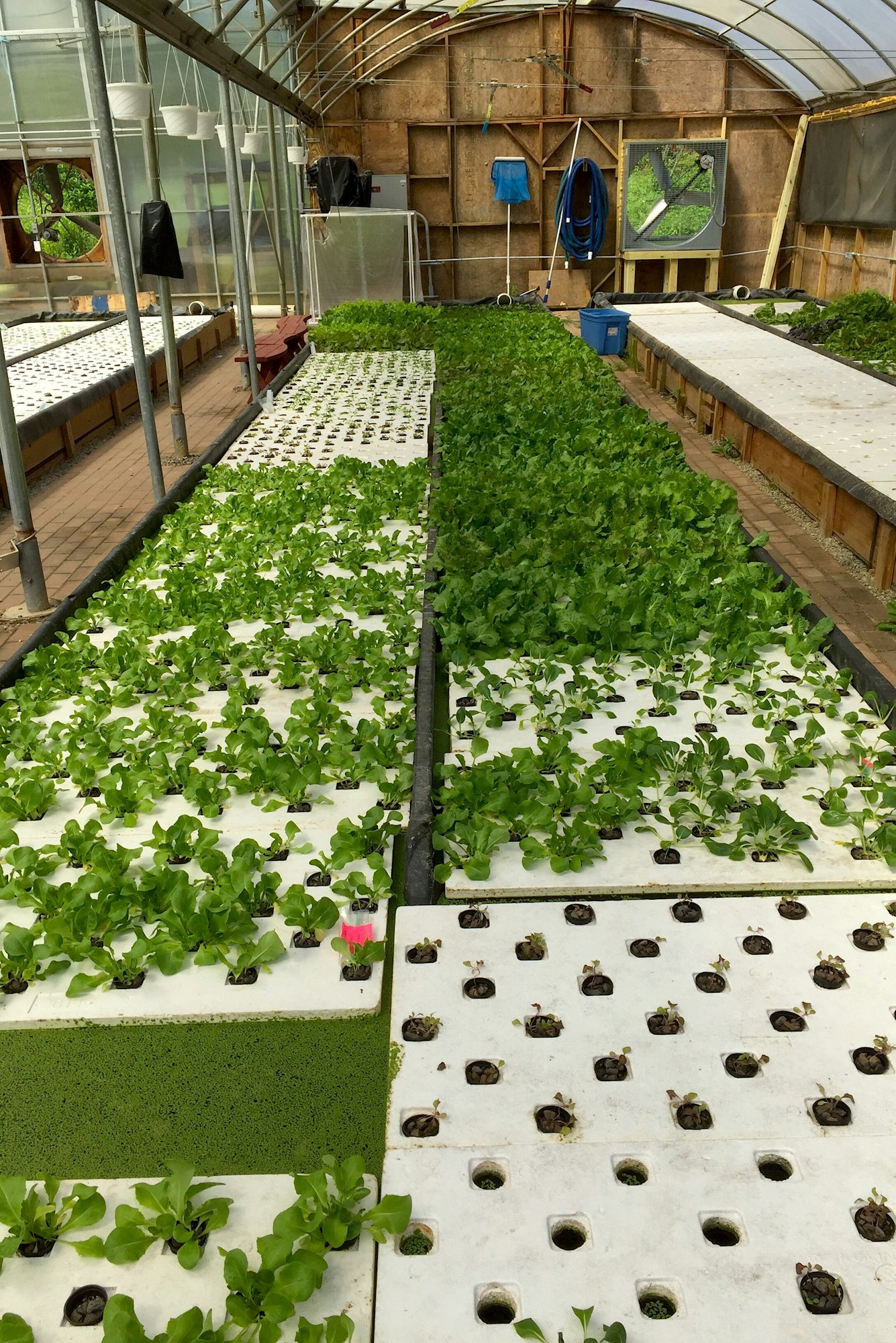Can Vertical Aquaponic Farms Address Urban Food Deserts in the UK?

Over the past decade, the concept of food deserts has gained traction, in the UK and elsewhere. These are urban areas where access to affordable and nutritious food is restricted due to a lack of grocery stores, farmers markets, and healthy food providers. Addressing these food deserts is not just a question of social justice, but also a matter of public health. In this article, we will explore how an innovative approach to urban farming, known as vertical aquaponic farming, could potentially offer a solution to this pervasive issue.
The Problem of Urban Food Deserts
Urban food deserts are not just a geographical problem; they are a socio-economic one. They are most prevalent in areas with high concentrations of low-income residents who often lack transportation to travel to areas with better food options.
A lire en complément : What Are the Latest Trends in Smart Home Appliances for UK Consumers?
Research has shown that individuals living in food deserts are more likely to suffer from diet-related health conditions such as obesity and diabetes. This is largely due to the fact that fast food outlets and convenience stores, which offer unhealthy food options, are usually the only accessible sources of food in these areas.
Traditional agriculture methods are often unsuitable for urban areas due to space constraints. This is where vertical aquaponic farming comes in. This approach could potentially offer a viable solution to the problem of urban food deserts, by making it possible to grow fresh produce in the heart of the city.
A lire aussi : What Are the Best Practices for Sustainable Beekeeping in the UK?
Understanding Vertical Aquaponic Farming
Vertical aquaponic farming is a method of agriculture that combines vertical farming with aquaponics, a system that connects the cultivation of plants and aquatic animals in a symbiotic environment.
Vertical farming involves growing crops in stacked layers, typically in a controlled, indoor environment. This method maximizes the use of limited space and can be implemented in urban areas, including in buildings.
The word ‘aquaponics’ is a portmanteau of ‘aquaculture’ (raising aquatic animals) and ‘hydroponics’ (growing plants in water). In an aquaponic system, the waste produced by the aquatic animals serves as an organic food source for the plants, while the plants naturally filter the water for the animals.
By combining these two methods, vertical aquaponic farming can produce fresh, local food in urban environments with reduced water usage and zero chemical input.
Advantages of Vertical Aquaponic Farms
The beauty of vertical aquaponic farms is that they offer a plethora of benefits that address the challenges facing traditional farming. For one, they are remarkably water-efficient. Traditional farming methods require a substantial amount of water, with a significant portion lost to evaporation or runoff. In contrast, aquaponic systems recirculate water, drastically reducing the amount of water needed to grow crops.
Second, these farms are space-efficient. By growing crops in vertical layers, a much larger amount of produce can be grown in a given space compared to traditional farming methods. This is particularly beneficial for urban areas where land is scarce and expensive.
Third, they’re sustainable. Vertical aquaponic farms are generally designed to be energy-efficient, with optimal use of light and space. They also avoid the use of harmful pesticides and fertilizers, thus making the produce healthier for consumption and reducing environmental impact.
Implementing Vertical Aquaponic Farms in Urban Areas
Given their benefits, vertical aquaponic farms could be a viable solution for addressing the issue of urban food deserts in the UK. By setting up these farms in urban areas, we can provide local, affordable, and nutritious food to residents who currently lack access to such options.
However, implementing this solution comes with its own set of challenges. There are high upfront costs associated with setting up these systems, and ongoing costs for maintenance and operation. Moreover, the knowledge and skills needed to run these systems are not widely available.
To overcome these challenges, policymakers, investors, and community leaders must work together. Financial incentives could be put in place to encourage the establishment of these farms, and training programs could be implemented to educate individuals on how to operate these systems.
The Future of Urban Farming
While vertical aquaponic farms are not a silver bullet solution, they represent an important step towards addressing the complex problem of urban food deserts. By harnessing the power of these innovative farming methods, we can make fresh, nutritious, and locally grown food accessible to more people, regardless of their location or socio-economic status.
With continued research, investment, and community engagement, we can potentially transform our cities into vibrant, sustainable, and healthy food-producing spaces. The future of urban farming lies not just in the fields outside our cities, but in the heart of the urban jungle itself.
Overcoming the Challenges of Vertical Aquaponic Farms
While vertical aquaponic farming has immense potential for urban food production, turning this potential into reality requires overcoming several challenges. Vertical farms are a complex system that require significant investments in infrastructure, equipment, and human resources. They also require an extensive knowledge base and a set of specialised skills to operate and manage.
The first challenge is the high upfront cost. Building and equipping a vertical farm that includes aquaponic features can be costly, especially in urban areas where land and building costs are high. These farms also require a substantial amount of energy for lighting, climate control, and other operational needs. While some of these costs can be offset through energy-efficient designs and renewable energy sources, they still represent a significant barrier for many potential farming businesses.
Another challenge is the need for specialised knowledge and skills. Operating a vertical farm requires a solid understanding of both farming and aquaponic systems. This includes knowledge of plant and fish species, pest management, water chemistry, and more. As such, it’s critical to develop training programs that can help farmers acquire these skills.
Despite these challenges, the potential benefits of vertical aquaponic farming for addressing food insecurity in urban food deserts make it a worthy pursuit. It can provide a sustainable, year-round source of fresh produce, contributing to a healthier food system and greater food security in our cities.
Conclusion: The Potential of Vertical Aquaponic Farming for Urban Food Security
There’s no doubt that urban food deserts pose a significant public health challenge. However, vertical aquaponic farming offers a promising solution to this problem. By producing fresh produce year-round, these farms can increase access to healthy food options in urban areas, thereby contributing to improved health outcomes and greater food security.
Of course, implementing vertical aquaponic farming in urban areas is not without challenges. High upfront costs and the need for specialised knowledge and skills can be significant barriers. However, with the right support from policymakers, investors, and community leaders, these challenges can be overcome.
Looking forward, the potential of vertical aquaponic farming for addressing urban food insecurity is immense. As we invest in research, training, and infrastructure, we can turn this potential into reality. In doing so, we can transform our urban areas into vibrant, sustainable centres of food production, demonstrating that the future of farming is not only in the fields, but also in the heart of our cities.
In sum, vertical aquaponic farming represents a promising avenue for addressing urban food deserts in the UK. It embodies a new vision for urban agriculture, one that not only feeds our cities but also contributes to their social, economic, and environmental health. By harnessing the power of this innovative approach, we can build a more sustainable and equitable food system – one that provides access to fresh, nutritious food for everyone, regardless of where they live.
